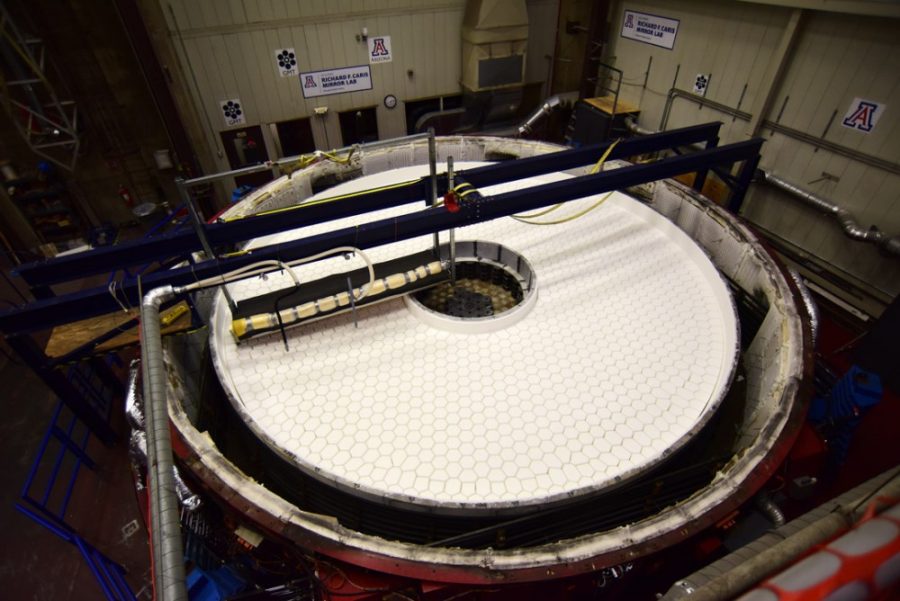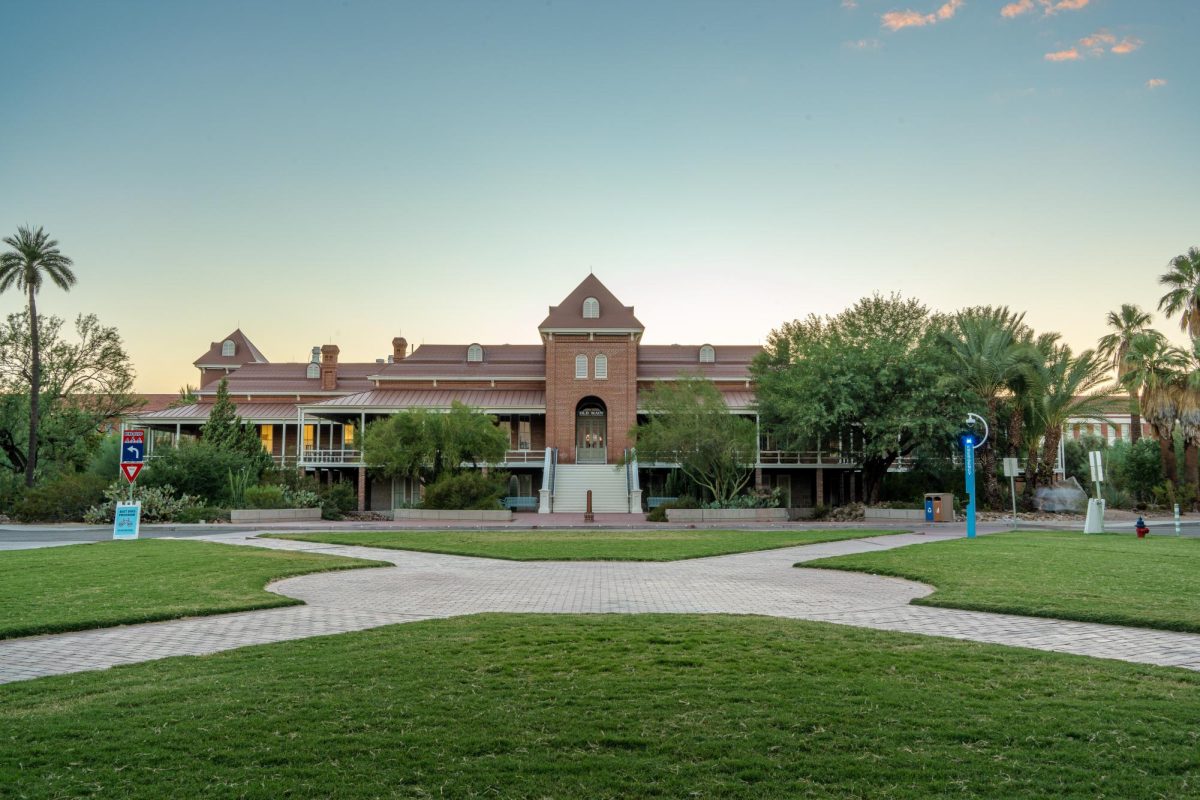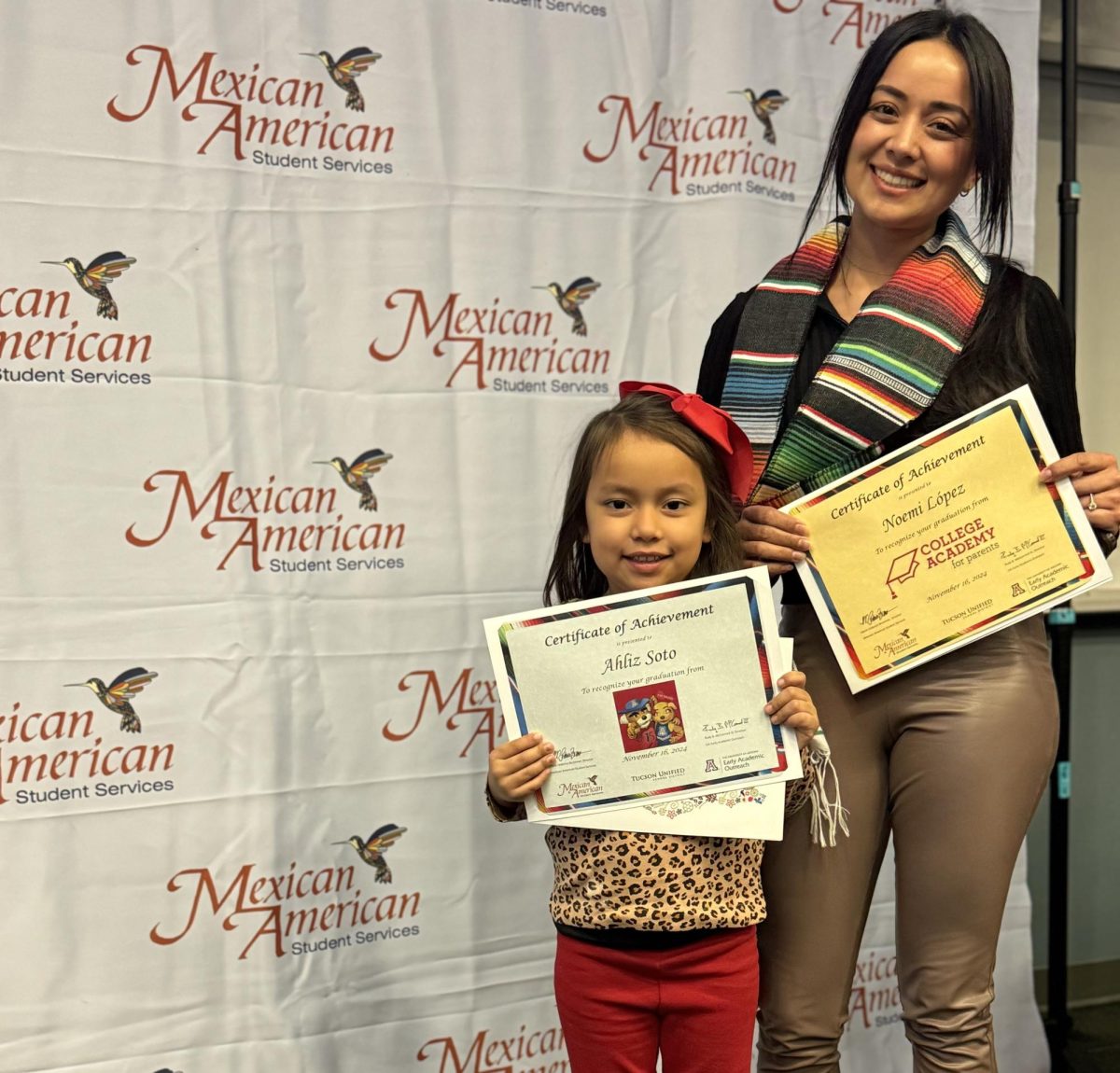In 1922, with the founding of the Steward Observatory, the UA proved itself to be a national leader in astronomical research and exploration. The two astronomy departments—the Department of Astronomy and the Lunar and Planetary Laboratory—continue to reach for the stars with new projects and discoveries.
According to Thomas Fleming, professor and astronomer for the Steward Observatory, the university’s relationship with the govt. agency reaches back to the founding of NASA, around 1958.
“In 1960, University of Arizona President Richard Harvill [asked] Professor Kuiper to come to the university, and we became the first people funded by NASA,” Fleming said. “So since the beginning, the UA has always had a strong connection to NASA, which I think makes us stand out.”
The current, much expanded Steward Observatory is now home to the Richard F. Caris Mirror Lab, which casts mirrors for large-scale telescopes around the world. Instead of the normal, single-mirror design, the mirrors are cast in a honeycomb structure, which greatly improves telescope performance.
The mirror lab is responsible for casting some of the largest mirrors in the world, measuring 8.4 meters in diameter, for the Giant Magellan Telescope project at Las Campanas Observatory in Chile, as detailed in a recent release by the mirror lab.
The most recent project is making a mirror for the Large Synoptic Survey Telescope to be located on Cerro Pachón, also in Chile, which will create a 10-year survey of the night sky, looking at factors that change in brightness or position. More information on the telescope can be found at LSST.org.
Another project currently in the works is HiRISE, or High Resolution Imaging Science Experiment. HiRISE is a high-resolution camera onboard the Mars Reconnaissance Orbiter, which, according to co-investigator for HiRISE and assistant professor for UA Lunar and Planetary Laboratory Shane Byrne, is the most powerful camera sent to another planet.
“The main goals [of HiRISE] started off more in the investigation of things that were too small to be seen with previous cameras,” Byrne explained. “We are now transitioning to looking at how things are changing on the surface.”
HiRISE sets the future for Mars exploration and recently found dark streaks that flow slowly downhill—what the team believes to be liquid water. The latest update from HiRISE is from July 1, and photographs from
the orbiter are available at
While HiRISE is busy taking pictures of Mars, another spacecraft is being prepared to launch in September 2016. This spacecraft is part of NASA’s Origins-Spectral Interpretation-Resource Identification-Security-
The spacecraft is set to travel to the near-Earth asteroid, Bennu, and retrieve a 60-gram sample back to Earth for scientists to study.
The goal of this mission is to help scientists understand early solar system composition and the source of the organic materials on Earth, as stated in a recent news release by the OSIRIS-REx team. More information about the mission can be found at asteroidmission.org.
“It’s very exciting for students to get involved in active missions going on, and our sheer size and diversity are amazing,” Byrne said. “The impact of our scientific results is second only to NASA.”









